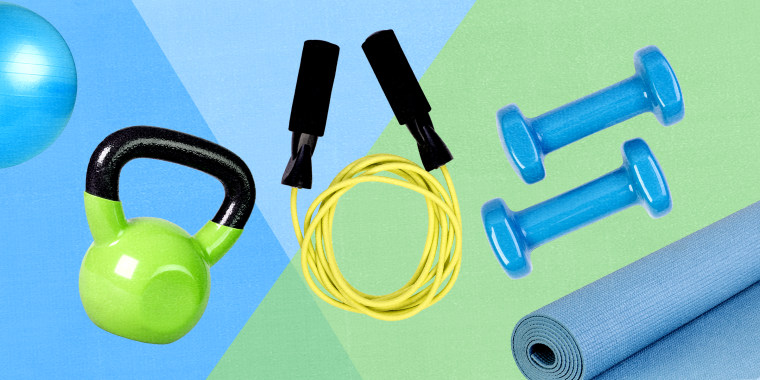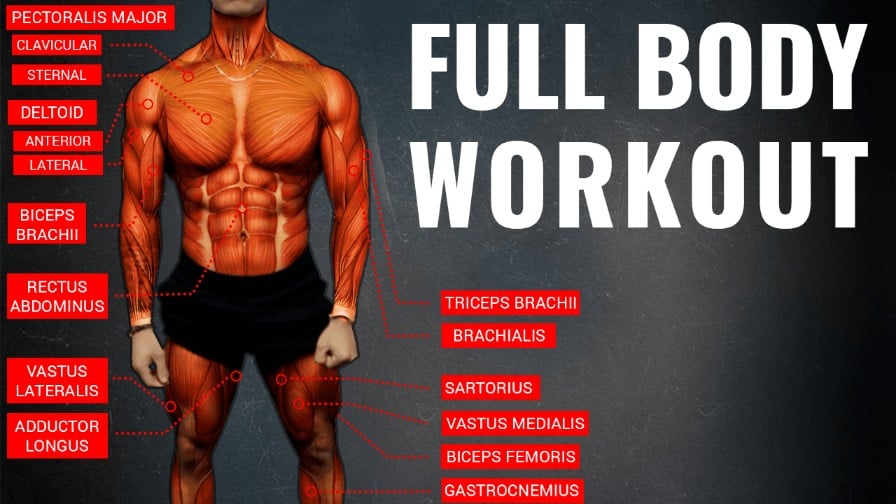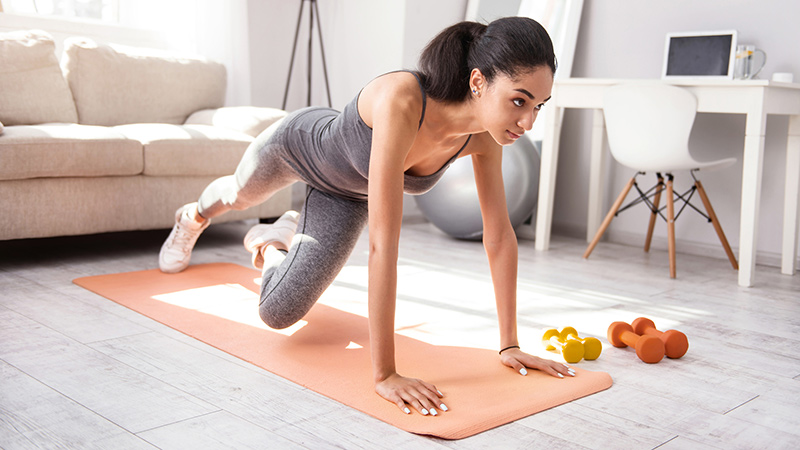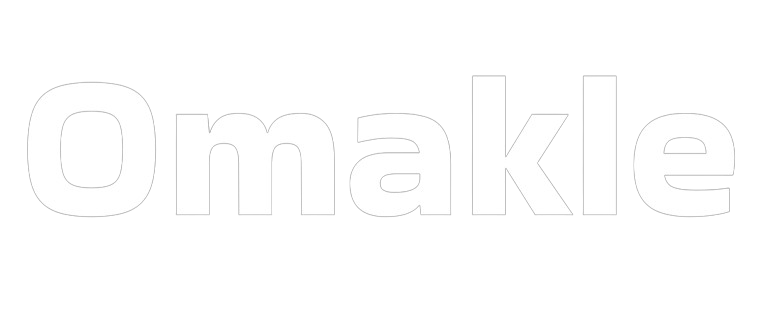
Regular exercise is essential for maintaining a healthy body and mind. Whether you're looking to stay fit, build muscle, or simply improve your overall well-being, incorporating exercise into your daily routine is key. While going to the gym is a popular choice for many, working out at home can be just as effective and convenient. In this article, we will explore the benefits of home exercises, provide tips for setting up your own home gym, discuss different types of workouts, and offer guidance on staying motivated and consistent with your fitness routine.
Benefits of Home Exercises
Working out at home can have numerous advantages. One of the most significant benefits is convenience. With a home gym, you can exercise at any time that suits you, without having to commute to a gym or adhere to specific operating hours. This flexibility allows you to fit workouts into your schedule more easily, making it more likely that you will stick to a regular routine. Additionally, home exercises can be cost-effective in the long run, saving you money on gym memberships or classes.
Setting Up Your Home Gym
Creating a dedicated workout space at home is essential for a successful fitness routine. Choose a well-ventilated area with enough room to move around comfortably. You can designate a spare room, garage, or even a corner of your living room for your home gym. Invest in some basic equipment like dumbbells, resistance bands, a yoga mat, and possibly a stability ball to enhance your workouts.

Warm-Up and Cool Down
Before diving into your workout, it's crucial to warm up your muscles to prevent injury and improve performance. A dynamic warm-up routine, including movements like arm circles, leg swings, and hip rotations, can help prepare your body for exercise. Similarly, cooling down after a workout with static stretches can aid in muscle recovery and reduce soreness. Incorporating both warm-up and cool-down sessions into your routine is essential for maintaining long-term fitness goals.
Full-Body Workouts
To sculpt your body effectively, it's important to target different muscle groups through a variety of exercises. For the upper body, consider incorporating push-ups, shoulder presses, and tricep dips. Lower body exercises like squats, lunges, and calf raises can help build strength in your legs and glutes. Core exercises such as planks, Russian twists, and bicycles are crucial for developing a strong and stable midsection.

Cardiovascular Workouts
Cardio exercises play a key role in improving heart health, increasing endurance, and burning calories. You don't need fancy equipment to get your heart pumping at home. Simple exercises like jumping jacks, high knees, and mountain climbers can elevate your heart rate and get you sweating. Incorporate cardio workouts into your routine to boost your overall fitness level and enhance weight loss efforts.
Strength Training
Strength training is essential for building muscle mass, increasing metabolism, and toning your physique. While dumbbells and resistance bands are great tools for strength workouts at home, body-weight exercises can also be highly effective. Incorporate exercises like squats, lunges, push-ups, and planks into your routine to strengthen and sculpt your muscles.

Flexibility and Mobility
Incorporating flexibility and mobility exercises into your routine is crucial for preventing injury, improving range of motion, and enhancing overall fitness. Stretching exercises like hamstring stretches, shoulder stretches, and hip flexor stretches can help keep your muscles flexible and supple. Practicing mobility drills such as hip circles, wrist circles, and spinal rotations can improve your joint function and movement quality.
Nutrition and Hydration
Exercise alone is not enough to achieve your fitness goals. Proper nutrition and hydration play a significant role in supporting your workouts and overall health. Make sure to fuel your body with a balanced diet rich in lean proteins, complex carbohydrates, healthy fats, and plenty of fruits and vegetables. Stay hydrated by drinking an adequate amount of water before, during, and after your workouts to optimize performance and recovery.

Motivation and Consistency
Staying motivated and consistent with your home exercise routine is key to seeing results. Set realistic goals that are specific, measurable, attainable, relevant, and time-bound (SMART). Track your progress, celebrate your achievements, and adjust your goals as needed to stay on track. Find a workout buddy, join online fitness communities, or reward yourself for reaching milestones to keep your motivation levels high.
Conclusion
In conclusion, home exercises offer a convenient and cost-effective way to sculpt your body, improve your fitness, and enhance your overall well-being. By setting up a dedicated home gym, incorporating various types of workouts, focusing on proper warm-up and cool down routines, and paying attention to nutrition and hydration, you can achieve your fitness goals in the comfort of your own home. Remember to stay motivated, consistent, and patient with your progress, and enjoy the journey to a stronger, healthier you. Start incorporating home exercises into your daily routine today and reap the benefits of a fitter and happier lifestyle.
FAQs
Q: What are the benefits of working out at home?
A: Working out at home offers convenience, flexibility, cost-effectiveness, and the ability to fit workouts into your schedule easily.
Q: How should I set up my home gym?
A: Designate a well-ventilated space with enough room for movement, invest in basic equipment like dumbbells and a yoga mat, and create a dedicated workout area.
Q: Why is warm-up and cool down important before and after a workout?
A: Warming up prepares your muscles for exercise and prevents injury, while cooling down aids in muscle recovery and reduces soreness.
Q: What types of exercises can I include in a full-body workout at home?
A: Incorporate upper body exercises like push-ups, lower body exercises such as squats, and core exercises like planks for a comprehensive workout.
Q: How can I engage in cardiovascular workouts at home without equipment?
A: Perform exercises like jumping jacks, high knees, and mountain climbers to elevate your heart rate and improve cardiovascular health.
Q: What are some effective strength training exercises I can do at home?
A: Use dumbbells, resistance bands, or body-weight exercises like squats, lunges, push-ups, and planks to build muscle and increase strength.
Q: Why is flexibility and mobility important in a fitness routine?
A: Flexibility and mobility exercises prevent injury, improve range of motion, and enhance overall movement quality.
Q: How does proper nutrition and hydration support home exercise routines?
A: A balanced diet and adequate hydration are essential for fueling workouts, supporting recovery, and optimizing performance.
Q: How can I stay motivated and consistent with my home exercise routine?
A: Set SMART goals, track progress, find support from workout buddies or online communities, and reward yourself to maintain motivation and consistency.


0 Comments